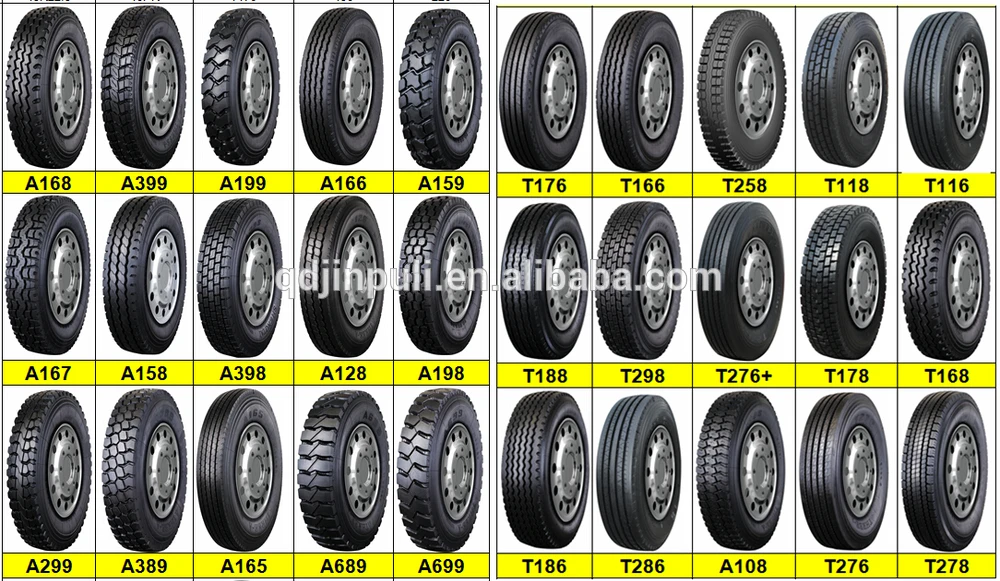Tire size can be confusing. Some numbers on the sidewall are listed in millimeters while others are inches. Plus, the right size for your car, truck, or trailer can differ depending on where and how you drive.
You can see your original equipment tire size in your owner’s manual or on the placard generally located on the driver’s side door jam. This is the sizing recommended by the vehicle manufacturer.
If you’re interested in switching out your tires for a different look or performance, a good place to start is the numbers and other indicators on your existing tires’ sidewall. Next, have a tire professional help you determine a tire size range that will fit your vehicle and driving needs.
Here’s what those numbers and indicators on the sidewall indicate and how to understand them:
A: TIRE TYPE The first letter in the code tells you what class of tire it is.
P stands for passenger vehicle tire. P-class tires include cars, SUVs, crossovers, minivans and smaller pickup trucks.
LT means light truck tire, designed for vehicles that are capable of carrying heavy loads, towing trailers, or for those looking for an extra heavy duty option. These are often equipped on three-quarter or 1 ton trucks and SUVs.
ST stands for Special Trailer. These tire sizes are meant for trailers, including fifth wheels and other travel trailers, as well as boat and utility trailers.
If there’s no letter before the first number, you have a metric tire most commonly referred to as European size. It’s also measured in millimeters but may have a different load capacity than a P or LT tire.
B: TIRE WIDTH The three-digit number following the letter is the tire’s width (from side to side, looking at the tire head on) in millimeters. This may also be referred to as the section width.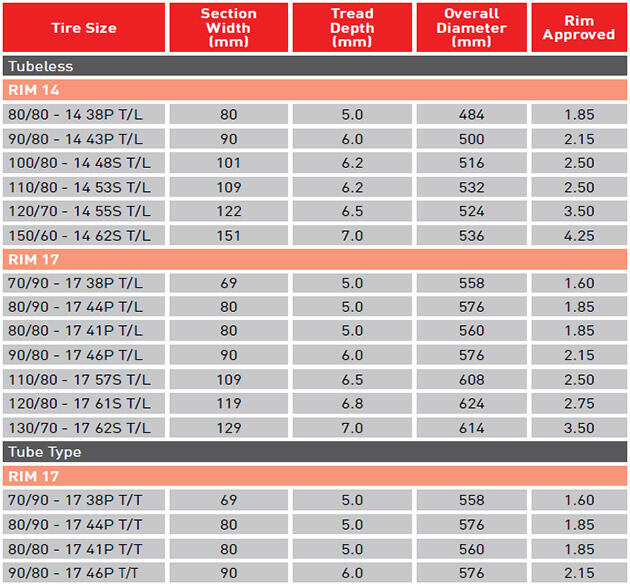
C: ASPECT RATIO The forward slash separates the tire width number from the two-digit aspect ratio. The bigger the aspect ratio, the higher/taller the tire’s sidewall, or “profile” as it’s sometimes called.
The aspect ratio is indicated on the tire sidewall as a percentage. It’s the height of the sidewall measured from wheel rim to top of the tread, expressed as a percentage of tire width.
In this example, the aspect ratio is 65, meaning the sidewall is 65 percent as high as the tire is wide. To get the sidewall height, take the tire width of 215 mm and convert it to inches (8.46). Then multiply this by 65% (.65). This gives you an answer of 5.5, the sidewall height in inches.
D: CONSTRUCTION TYPE This single letter tells you about the internal construction of the tire.
R is for radial tires, the industry standard for most tires today. They have better road grip, lower rolling resistance for better gas mileage, ride comfort and durability than previous generations of tires.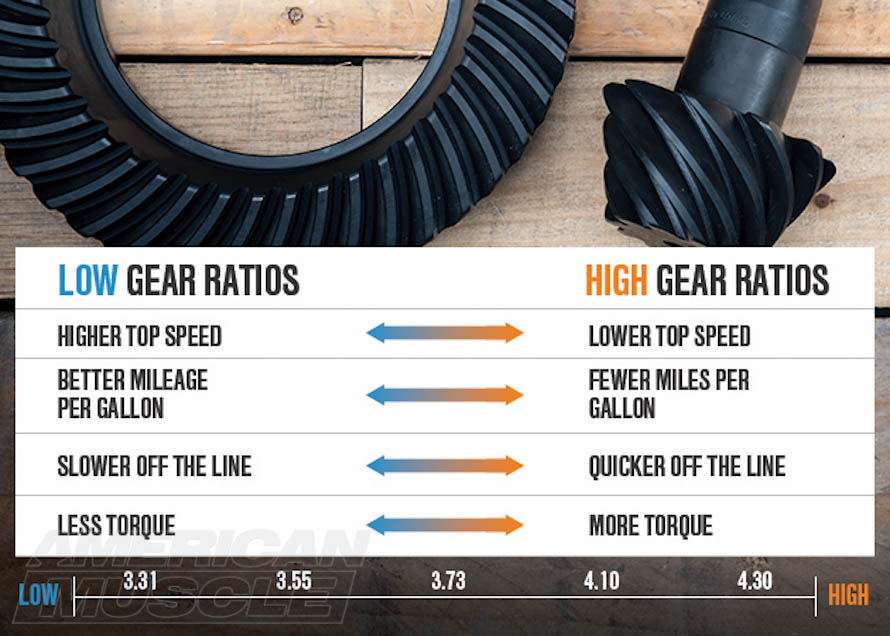 In a radial tire, the plies — layers of strong cords made of a blend of polyester, steel and fabric and coated with rubber — are laid perpendicular to the direction of travel.
In a radial tire, the plies — layers of strong cords made of a blend of polyester, steel and fabric and coated with rubber — are laid perpendicular to the direction of travel.
D is for tires built with diagonal (crisscrossed) plies, called bias-constructed tires. They are also called conventional, x-ply, or cross-ply tires. Some motorcycle and trailer tires still use this internal construction.
Some run-flat tires are identified with an F followed by the type of internal construction.
E: WHEEL DIAMETER This two-digit number specifies wheel diameter in inches. It’s the distance between the two bead seat areas (where a tire gets tightly sealed onto the wheel).
F: LOAD INDEX The two-digit or three-digit number that follows the gap specifies tire load index. The load index symbol indicates how much weight a tire can support, based on the following standard chart. In our example, the load index is 89, which indicates the tire has a load capacity of 1,279 pounds, when inflated to the tire’s maximum air pressure rating.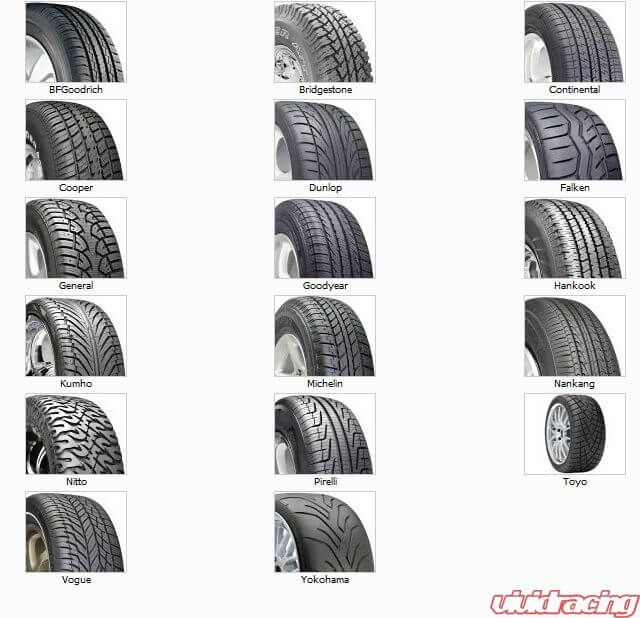
G: SPEED RATING The last letter is the tire speed rating. This indicates the top speed it’s safe to travel at for a sustained amount of time. A tire with a higher speed rating can handle heat better and provide more control at faster speeds. The maximum operating speed of a vehicle is no more than the lowest speed rating of all tires mounted on the vehicle. (Of course, you should always abide by speed limits for safer driving.) Speed rating is usually, but not always, a single letter (see the chart).
Below you will find several charts that will help you understand tire sizing numbers, including a load index chart and speed rating chart.
A tire size calculator is a quick way to see whether the tire size you’re considering will likely fit your car, SUV, sports car, light truck or crossover.
But remember that is only an estimate. It’s important to stay within the sizing tolerances of your vehicle. Tires that are the wrong size could cause some pull in the steering wheel, rub against the suspension or body of your vehicle, reduce clearance on hills, or result in a stiffer or noisier ride.
Tires that are the wrong size could cause some pull in the steering wheel, rub against the suspension or body of your vehicle, reduce clearance on hills, or result in a stiffer or noisier ride.
If you’re considering mounting a different tire size on your vehicle, check with a tire expert. Find out whether the tires and wheels you have your eye on are the right fit for your vehicle’s suspension, gearing, and bodywork. And ask how any differences in revolutions per mile, tire speed, load index, and speed rating will affect your ride quality and vehicle performance.
See how new tires and rims will look on your car or truck using our Virtual Wheels simulator, available at any Les Schwab.
Find Your Store
When shopping for tires online, you’ll notice the terms load index, load range, and speed rating included within the technical specifications. (You can find these numbers and letters on your existing tires, located after the size of the tire. ) Understanding the meaning of load index and load range can help you find the right tire for your vehicle and your needs. As always, the experts at Les Schwab can answer all of your questions about what tires are right for you, but in this quick article, we’ll cover some of the basics of these indicators.
) Understanding the meaning of load index and load range can help you find the right tire for your vehicle and your needs. As always, the experts at Les Schwab can answer all of your questions about what tires are right for you, but in this quick article, we’ll cover some of the basics of these indicators.
Find A Store
The load index of a tire is a number that correlates to the maximum safe carrying capacity of the tire when it’s inflated to its maximum pressure. Higher load index ratings mean your tires will be able to handle a heavier load. In this example, there are two numbers. The higher number (load index) is for single rear-wheel applications. The lower number is for dual-wheel applications. This indicates its load-carrying capacity when inflated to its maximum pressure. Remember, air pressure is what carries the load in a tire. You can find each tire’s carrying capacity with the chart below.
| LOAD INDEX |
LOAD (lbs) |
LOAD INDEX |
LOAD (lbs) |
LOAD INDEX |
LOAD (lbs) |
|---|---|---|---|---|---|
| 65 | 639 | 94 | 1477 | 123 | 3417 |
| 66 | 661 | 95 | 1521 | 124 | 3527 |
| 67 | 677 | 96 | 1565 | 125 | 3638 |
| 68 | 694 | 97 | 1609 | 126 | 3748 |
| 69 | 716 | 98 | 1653 | 127 | 3858 |
| 70 | 739 | 99 | 1709 | 128 | 3968 |
| 71 | 761 | 100 | 1764 | 129 | 4079 |
| 72 | 783 | 101 | 1819 | 130 | 4189 |
| 73 | 805 | 102 | 1874 | 131 | 4299 |
| 74 | 827 | 103 | 1929 | 132 | 4409 |
| 75 | 853 | 104 | 1984 | 133 | 4541 |
| 76 | 882 | 105 | 2039 | 134 | 4674 |
| 77 | 908 | 106 | 2094 | 135 | 4806 |
| 78 | 937 | 107 | 2149 | 136 | 4938 |
| 79 | 963 | 108 | 2205 | 137 | 5071 |
| 80 | 992 | 109 | 2271 | 138 | 5203 |
| 81 | 1019 | 110 | 2337 | 139 | 5357 |
| 82 | 1047 | 111 | 2403 | 140 | 5512 |
| 83 | 1074 | 112 | 2469 | 141 | 5677 |
| 84 | 1102 | 113 | 2535 | 142 | 5842 |
| 85 | 1135 | 114 | 2601 | 143 | 6008 |
| 86 | 1168 | 115 | 2679 | 144 | 6173 |
| 87 | 1201 | 116 | 2756 | 145 | 6393 |
| 88 | 1235 | 117 | 2833 | 146 | 6614 |
| 89 | 1279 | 118 | 2910 | 147 | 6779 |
| 90 | 1323 | 119 | 2998 | 148 | 6944 |
| 91 | 1356 | 120 | 3086 | 149 | 7165 |
| 92 | 1389 | 121 | 3197 | 150 | 7385 |
| 93 | 1433 | 122 | 3307 |
| LOAD INDEX | LOAD (lbs) |
|---|---|
| 65 | 639 |
| 66 | 661 |
| 67 | 677 |
| 68 | 694 |
| 69 | 716 |
| 70 | 739 |
| 71 | 761 |
| 72 | 783 |
| 73 | 805 |
| 74 | 827 |
| 75 | 853 |
| 76 | 882 |
| 77 | 908 |
| 78 | 937 |
| 79 | 963 |
| 80 | 992 |
| 81 | 1019 |
| 82 | 1047 |
| 83 | 1074 |
| 84 | 1102 |
| 85 | 1135 |
| 86 | 1168 |
| 87 | 1201 |
| 88 | 1235 |
| 89 | 1279 |
| 90 | 1323 |
| 91 | 1356 |
| 92 | 1389 |
| 93 | 1433 |
| 94 | 1477 |
| 95 | 1521 |
| 96 | 1565 |
| 97 | 1609 |
| 98 | 1653 |
| 99 | 1709 |
| 100 | 1764 |
| 101 | 1819 |
| 102 | 1874 |
| 103 | 1929 |
| 104 | 1984 |
| 105 | 2039 |
| 106 | 2094 |
| 107 | 2149 |
| 108 | 2205 |
| 109 | 2271 |
| 110 | 2337 |
| 111 | 2403 |
| 112 | 2469 |
| 113 | 2535 |
| 114 | 2601 |
| 115 | 2679 |
| 116 | 2756 |
| 117 | 2833 |
| 118 | 2910 |
| 119 | 2998 |
| 120 | 3086 |
| 121 | 3197 |
| 122 | 3307 |
| 123 | 3417 |
| 124 | 3527 |
| 125 | 3638 |
| 126 | 3748 |
| 127 | 3858 |
| 128 | 3968 |
| 129 | 4079 |
| 130 | 4189 |
| 131 | 4299 |
| 132 | 4409 |
| 133 | 4541 |
| 134 | 4674 |
| 135 | 4806 |
| 136 | 4938 |
| 137 | 5071 |
| 138 | 5203 |
| 139 | 5357 |
| 140 | 5512 |
| 141 | 5677 |
| 142 | 5842 |
| 143 | 6008 |
| 144 | 6173 |
| 145 | 6393 |
| 146 | 6614 |
| 147 | 6779 |
| 148 | 6944 |
| 149 | 7165 |
| 150 | 7385 |
On some tires, you’ll see a load range indicator on the sidewall, as shown here.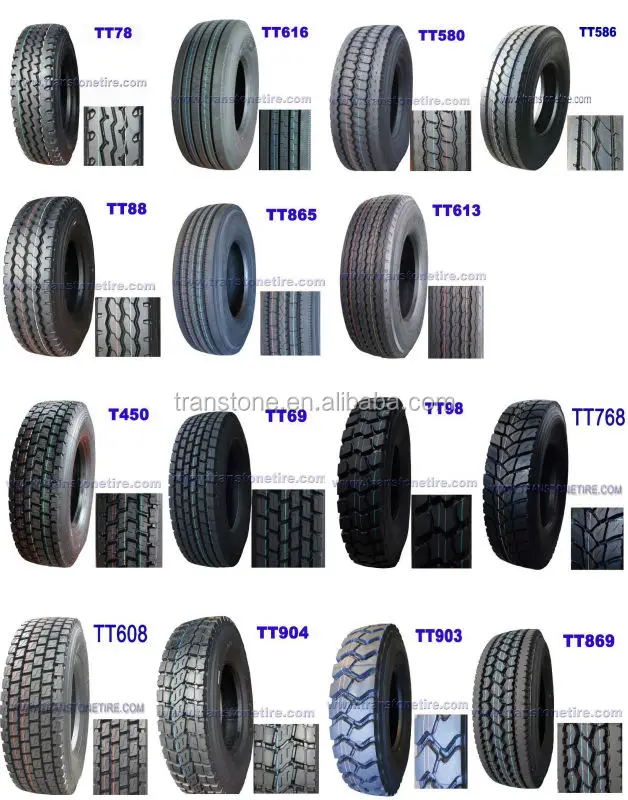 Load Range is an older measure of tire carrying capacity equivalent to
ply rating. The ply rating isn’t directly tied to the number of plies used in construction, so we recommend using Load Index when
appropriate. Load ranges are arranged in alphabetical order starting with the letter “A”. The ply ratings (load range) combined with the tire size tell you the tire load capacity.
Load Range is an older measure of tire carrying capacity equivalent to
ply rating. The ply rating isn’t directly tied to the number of plies used in construction, so we recommend using Load Index when
appropriate. Load ranges are arranged in alphabetical order starting with the letter “A”. The ply ratings (load range) combined with the tire size tell you the tire load capacity.
The load range on replacement tires must meet or exceed the recommendation on your vehicle’s door placard or owner’s manual. It can be higher than recommended but never lower.
| LOAD RANGE | PLY RATING |
|---|---|
| A | 2 |
| B | 4 |
| C | 6 |
| D | 8 |
| E | 10 |
| F | 12 |
Les Schwab Tip: Some cars, including electric vehicles, may require tires with a higher load range due to weight with and without passengers.
If this seems confusing. Don’t worry. The pros at Les Schwab will show you all of your options, including the size, load range, and load index you need for work, weekends, or your daily commute.
For one reason or another, your car ended up with different wheels. How will this affect the actual behavior of the car? And what does the SDA say about this?
The tale of different wheels is familiar to many of us from childhood. Remember, there a cart with different wheels turned out to be an unusable vehicle, and therefore was abandoned in the forest? It is understandable: almost always different wheels are put out of hopelessness.
Disapproved of a vehicle with different wheels, even in children's literature.
Disapproved of a vehicle with different wheels, even in children's literature.
Related materials
What if you put bigger wheels? — expert examination of the ZR
First, let us recall how the law applies to different wheels. The booklet with the Rules of the Road is always accompanied by the "List of malfunctions and conditions under which the operation of vehicles is prohibited" at the back. It lists the shortcomings of cars with which their long-term operation is prohibited. With them, you will not be able to get a diagnostic card necessary for issuing an OSAGO policy. But you can get to a parking or repair place with all the disadvantages listed below. Is there a mention of wheels?
Reading. Operation is prohibited if:
"one axle of the vehicle is fitted with tires of various sizes, designs (radial, diagonal, chamber, tubeless), models, with different tread patterns, frost-resistant and non-frost-resistant, new and retreaded, new and with deep tread pattern . The vehicle is fitted with studded and non-studded tires."
So far everything is clear. Both by the rules and by common sense, it is quite obvious that wheels and tires on the same axle should be the same. But this idyll is often broken... by installing a spare tire. Of course, if there is a full-size wheel in the trunk, then nothing will change, but, unfortunately, there are other options. Namely:
you have a summer spare tire, but it is winter and you have winter tires installed
your car has a smaller spare wheel than the rest of the wheels
We have already talked about dokatka in more detail earlier. According to the law, they can only be driven to a parking or repair site. It goes without saying that at the same time you need to keep the speed no higher than 80 km / h and be especially careful.
After installing the stowage, the wheels are definitely different. Only caution will keep you out of trouble.
After installing the stowage, the wheels are definitely different.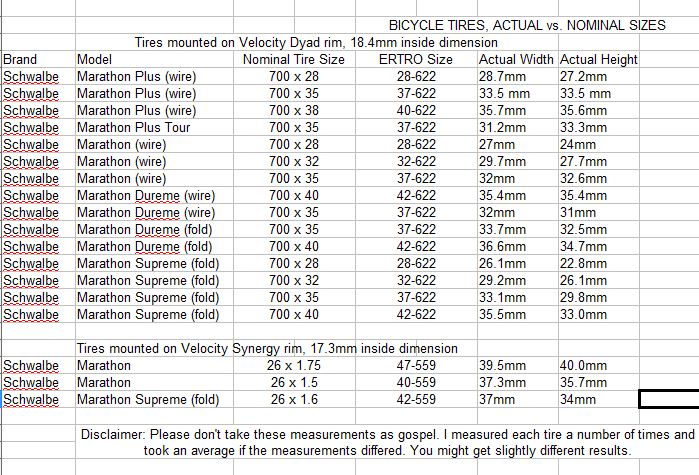 Only caution will keep you out of trouble.
Only caution will keep you out of trouble.
Different wheels on the front and rear axles are often put on the assembly lines producing rear-wheel drive cars, from the smallest smart fortwo type to such as the sported Mercedes-Benz, BMW and some others.
There are different wheels "in law".
Different wheels are "in law" here.
It is believed that in order to transmit high torque from the engine, it is better if the rear wheels are wide. The experience of sports cars was adopted by quite civilian cars. For example, a Mercedes-Benz C-class of the previous generation, even with the simplest engine of 156 hp. could be equipped with tires 225/45 R17 at the front and wide 245/40 R17 at the rear. Well, such a solution has the right to exist, but just don't forget that even a full-size spare tire on an alloy wheel in the mentioned "shop" in the trunk has the same dimension as on the front axle. In which case, the incident comes out!
In which case, the incident comes out!
Four-wheel drive vehicles always roll out of the conveyor on exactly the same wheels. Features of the all-wheel drive transmission require the symmetry of all four wheels.
A spare tire may be required in the desert, and God forbid that it turns out to be the right dimension.
A spare tire may be required in the desert, and God forbid that it turns out to be the right dimension.
In a scheme with a symmetrical center differential (for example, on a Chevrolet Niva), wheels of different sizes will cause it to constantly rotate and, accordingly, wear. The "brains" of modern complex and sophisticated crossovers will also not be happy with the wheels rotating at different speeds. And cars with a hard-wired front axle will completely break the transmission by circulating parasitic power, as well as wear out tires.
The richer the country, the less likely it is to have “different wheels”.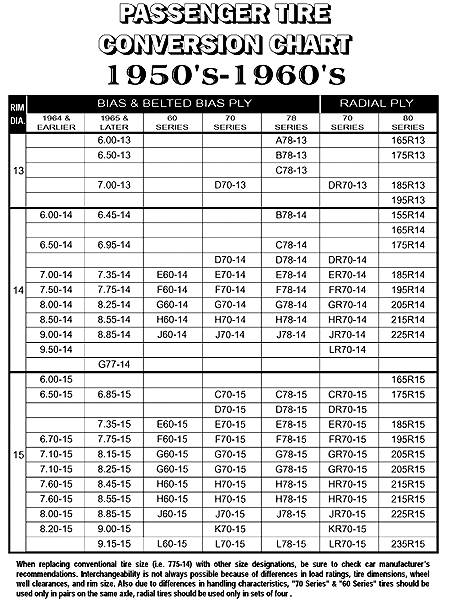 And winters are rare here...
And winters are rare here...
The richer the country, the less likely it is to have "different wheels". Yes, and winters are rare here ...
On a relatively inexpensive Hyundai Creta crossover in a mono-drive version, the tire pressure monitoring system reacts very sharply to the movement of a car with frequent slips. Even with absolutely equal pressure in four identical tires, it periodically starts to sound a false alarm.
On such roads, even with the same tires, the car constantly asks to check the tire pressure.
On such roads, even with the same wheels, the car constantly asks to check the tire pressure.
You understand what will happen if you put at least slightly different wheels on the front and rear axles. The same can be said about other systems that compare wheel speeds. On any modern car, ESP will simply "go crazy" if wheels of a different size are put on the car.
Related materials
If I change wheels, do I need to balance them every season?
Wheels, slightly different in size, can only be installed on simple front- and rear-wheel drive vehicles with, at most, an ABS system or none at all. Moreover, this can be done only if necessary to hold out until the end of the season. For example, they stole two wheels from you, and only managed to get an adjacent dimension. But no car should be operated constantly in this mode.
It also happens that if one of the four tires is fatally damaged, it is not possible to purchase the same one. For example, due to the removal of this model from production or because stores most often import and sell tires in pairs at best. Here you can be advised to look for the same used tire, or buy two new tires of the same dimension. The advice is only suitable for 2-wheel drive vehicles. It is best to purchase a pair of the same manufacturer as it was before, and as close as possible in terms of tread pattern. At the same time, a new pair should be put on the front axle, regardless of the type of drive.
At the same time, a new pair should be put on the front axle, regardless of the type of drive.
A simple vehicle with a not very powerful engine - and different wheels are acceptable.
A simple vehicle with a not very powerful engine - and different wheels are acceptable.
The regulations do not prohibit the installation of winter studless wheels on one axle and summer wheels on the other throughout the year, except for three winter months. Sometimes they do this if it is necessary to slightly increase the car's cross-country ability (winter tires, as a rule, have more pronounced lugs), and there is neither money nor desire to spend money on special off-road tires. They put more passable tires on the drive axle, clearly understanding that the car will be prone to breaking this axle, which is especially dangerous on rear-wheel drive, but can cost gray hair on the front.
If the wheels are different - when it is possible and when not
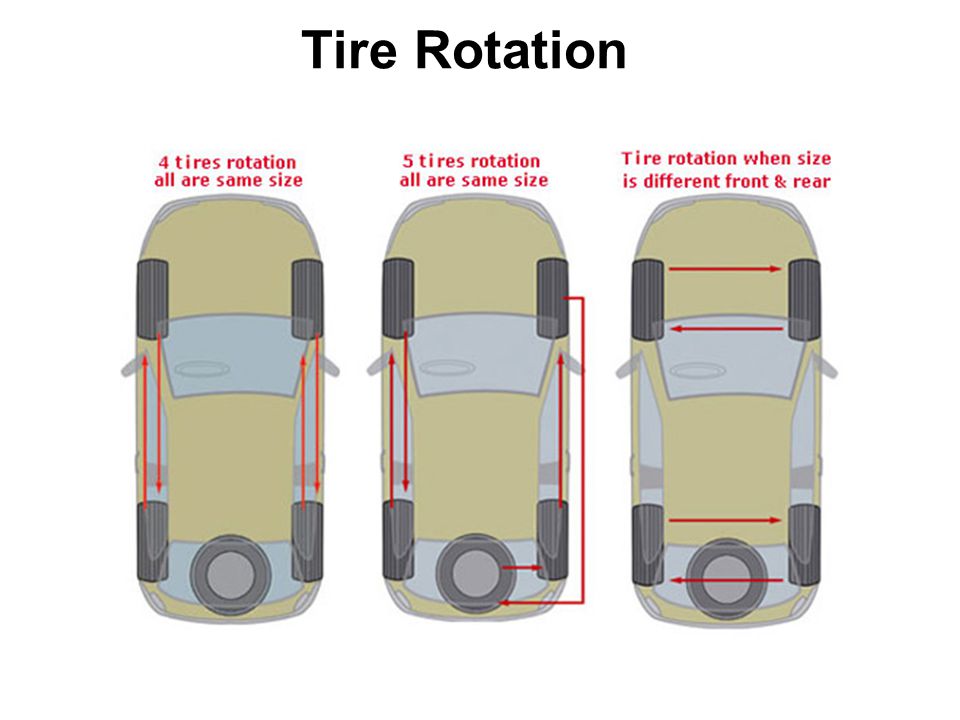 How will this affect the actual behavior of the car? And what does the SDA say about this?
How will this affect the actual behavior of the car? And what does the SDA say about this? If the wheels are different - when is it possible and when is it not
Many car enthusiasts, in an effort to save money, are increasingly resorting to the installation of mixed tires. This method is especially relevant when only one tire has become unusable. But drivers do not know that they are not only breaking the rules, but also endangering themselves and pedestrians. Therefore, before deciding to install certain tires on the axle, it is necessary to find out a number of rules and restrictions in the current legislation.
One of the main restrictions is that in the summer months, from June to August, you can not drive on studded and winter tires, and in winter, on the contrary, it is forbidden to drive a car without winter tires. But the tire regulations don't end there:
As regards the installation of tires on different axles of the car, there is only one restriction that excludes the use of studded and non-studded tires. You must choose one of the options: either all with spikes, or all without spikes. For a combination of such tires, the car owner risks getting a fine. This applies even when among all winter tires with studs there will be one summer or among summer one studded.
All other cases of installing different tires in pairs in front and rear are not against the law. But there are a few nuances here:
Tires with different tread patterns cannot be on the same axle, as well as tires:
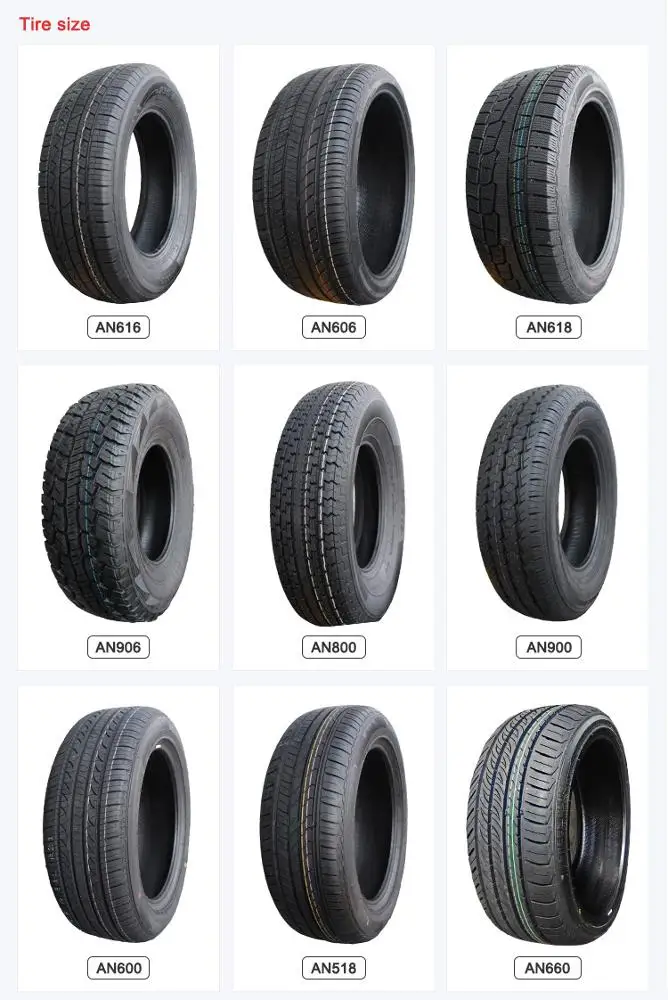
You cannot put different tires on the same axle. The list of prohibitions also includes combinations of new tires:
It is prohibited by law to put different tires on the same axle. This rule also applies to winter and summer. The combination of winter tires on the left and summer tires on the right and vice versa is not allowed.
The use of winter and summer tires on different axles (with the exception of non-studded winter tires in the front and ordinary summer tires in the rear) is not restricted by law, but it is still not worth doing. Due to different tire grip values, the behavior of a car on the road can be completely unpredictable. It is also worth using all tires for one season because using them out of season accelerates wear, which is why tires will have to be replaced much earlier than recommended by the manufacturer.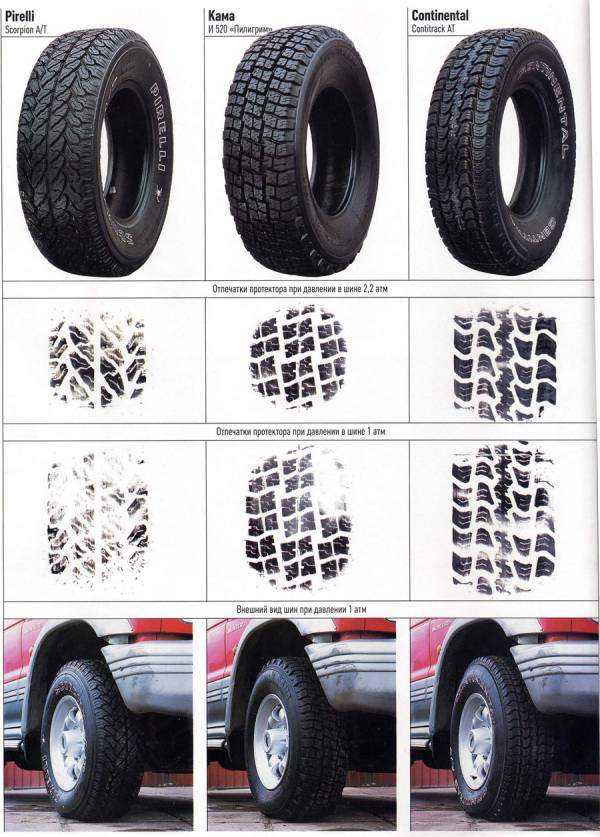 Only cases when you need to get to the service station are excluded.
Only cases when you need to get to the service station are excluded.
The following options are also allowed for winter and summer tires:
With different tires on the same axle, even at low speeds, the car becomes less steerable. This is especially important when driving in icy or rainy conditions. The use of tires for dry roads and to avoid hydroplaning at the same time provokes uncontrolled drifts of the car. The result of such driving is unpredictable and dangerous, especially when the vehicle develops a high speed.
If an accident occurs, and the driver has different tires installed on the car, then with almost one hundred percent probability he will be found guilty of the accident. Well, if it doesn’t come to this, and the driver is limited only to a fine for non-compliance with the markings of the wheels.